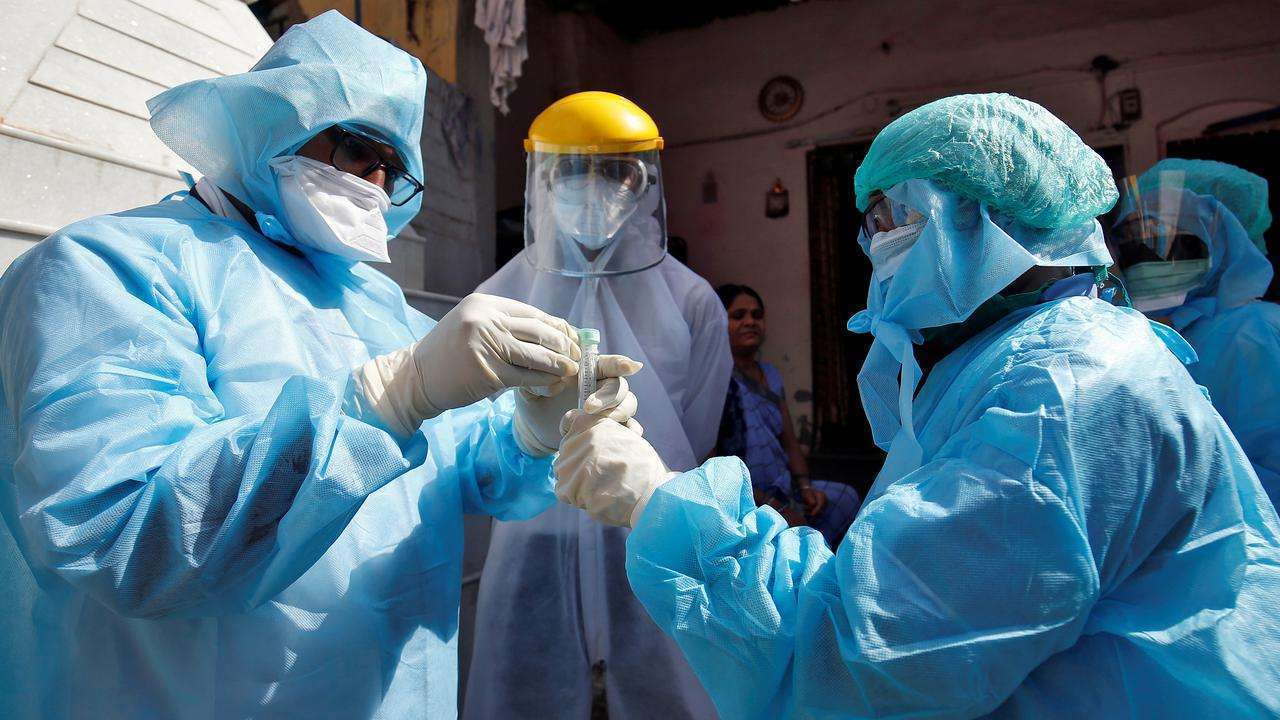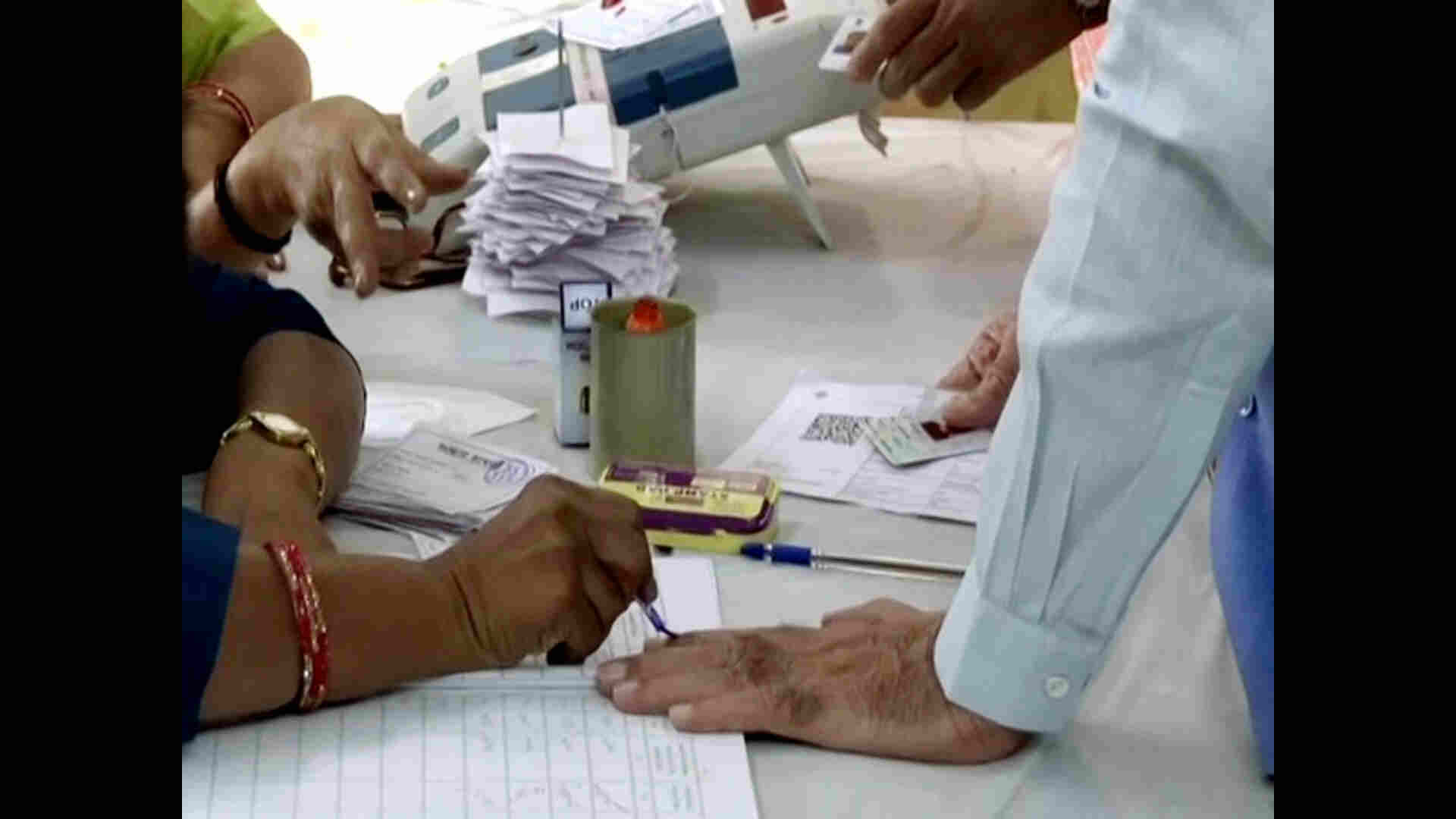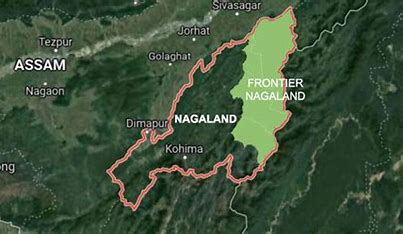
Breaking its streak of no new infections, Manipur reported a recent case of COVID-19. The infected individual, a resident of Paomata in Senapati district, had recently travelled from Delhi to Dimapur by air and later from Dimapur to Senapati by road.
The specific virus variant remains unidentified, prompting authorities to send samples for genome sequencing to obtain comprehensive details. Authorities are actively monitoring the situation to avert any potential spread of the virus.
The rise in COVID-19 cases has emerged as a growing concern in the country, particularly with the advent of the JN.1 subvariant. Several states are witnessing an increase in fresh cases.
Recent data from the Union Health Ministry reveals that India recorded 692 new cases of COVID-19 in the last 24 hours, leading to an increase in the active caseload by four, totalling 4,097. Additionally, six deaths were reported during this period, with two in Maharashtra and one each in Delhi, Karnataka, Kerala, and West Bengal. Since the onset of the pandemic in January 2020, the total COVID-19 cases in India have reached 4,50,10,944, and the death toll stands at 5,33,946.
Given the rise in COVID-19 cases attributed to the JN.1 subvariant in various states, Safdarjung Hospital in Delhi, following AIIMS, has taken precautionary measures. The hospital has reserved 50 beds for isolation and nine ICU beds. Adequate arrangements, including provisions for oxygen, PPE kits, and COVID testing, have been put in place.
Dr. Neeraj Gupta, a senior pulmonologist and former HOD at Safdarjung Hospital, described JN.1 as a variant of Omicron. He noted its mild nature and emphasized that, while mild, the virus exhibits the ability to cross immune barriers. Dr. Gupta added that patients with comorbidities or compromised immune systems might experience higher morbidity leading to mortality.
The World Health Organization (WHO) recently categorized JN.1 as a variant of interest, distinct from its parent lineage BA.2.86. Despite this classification, the WHO underscored that the overall risk associated with JN.1 remains low based on current evidence.















